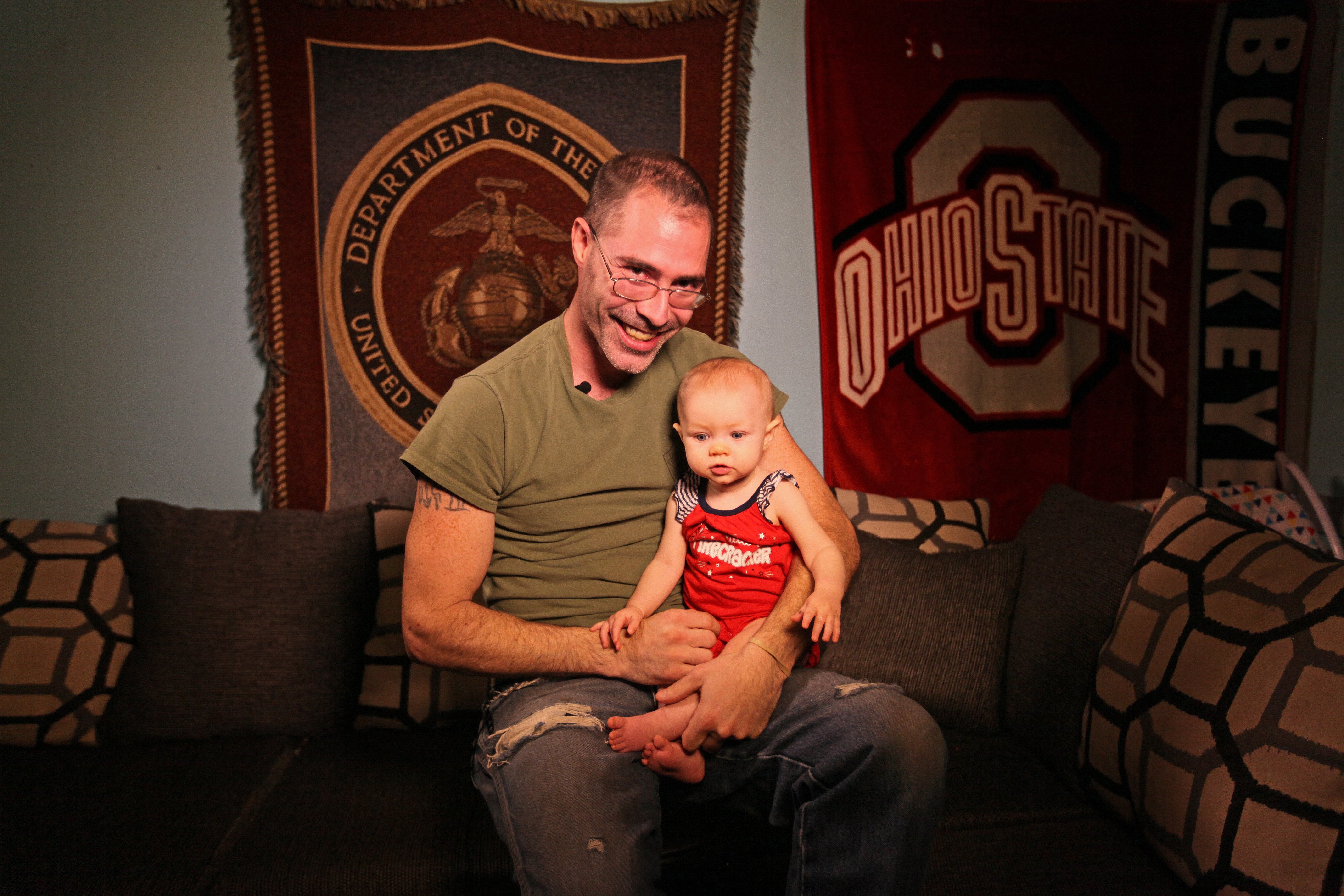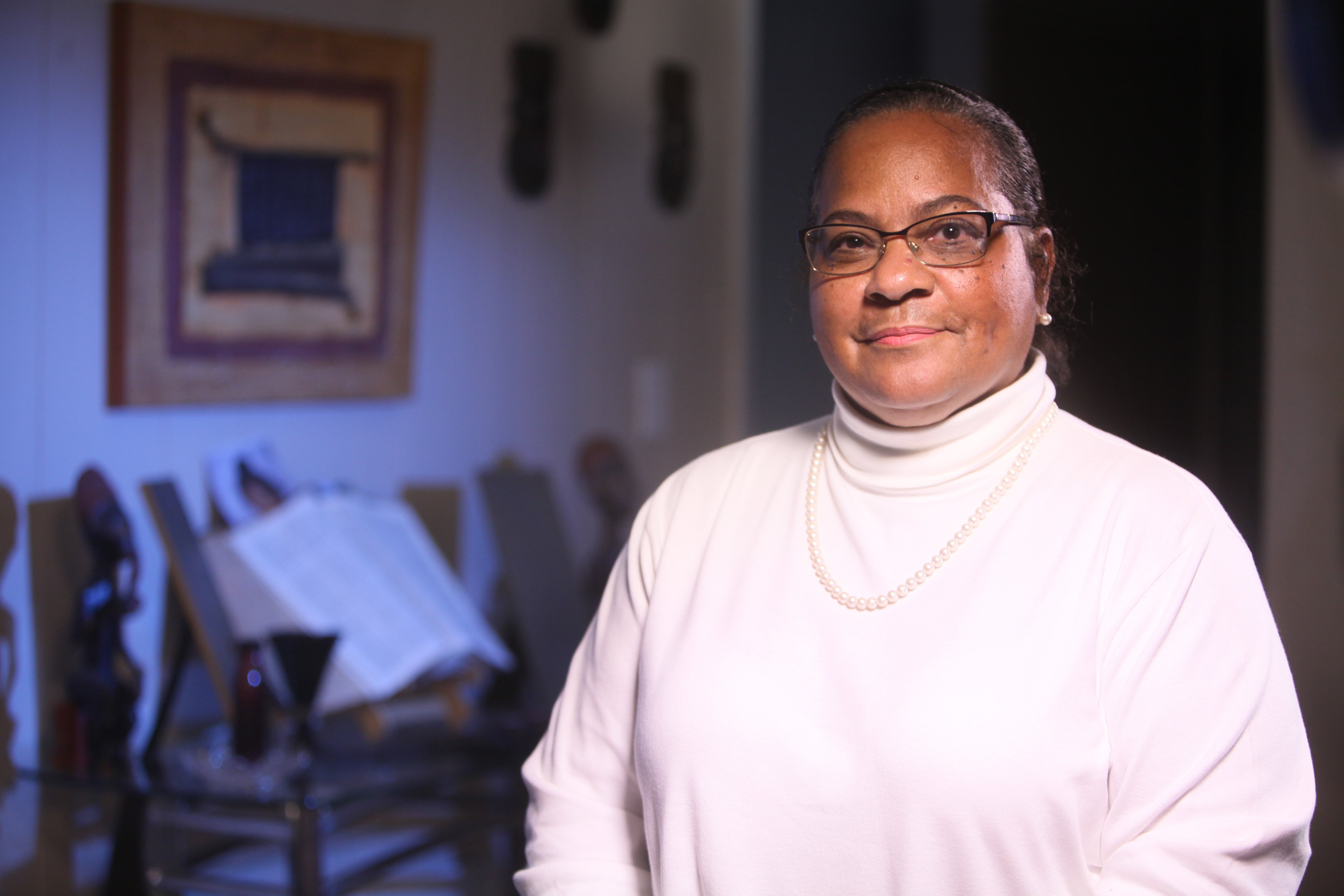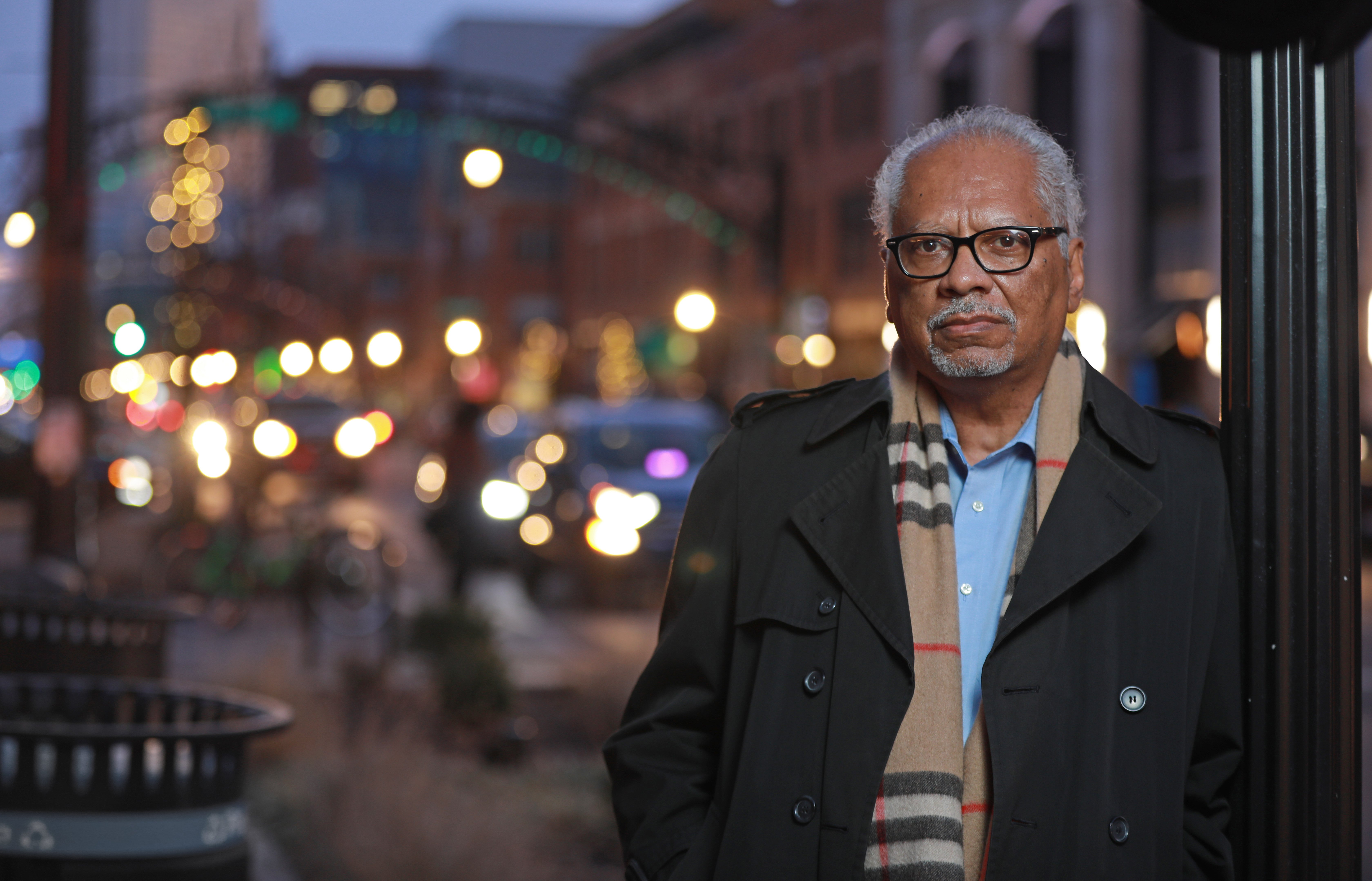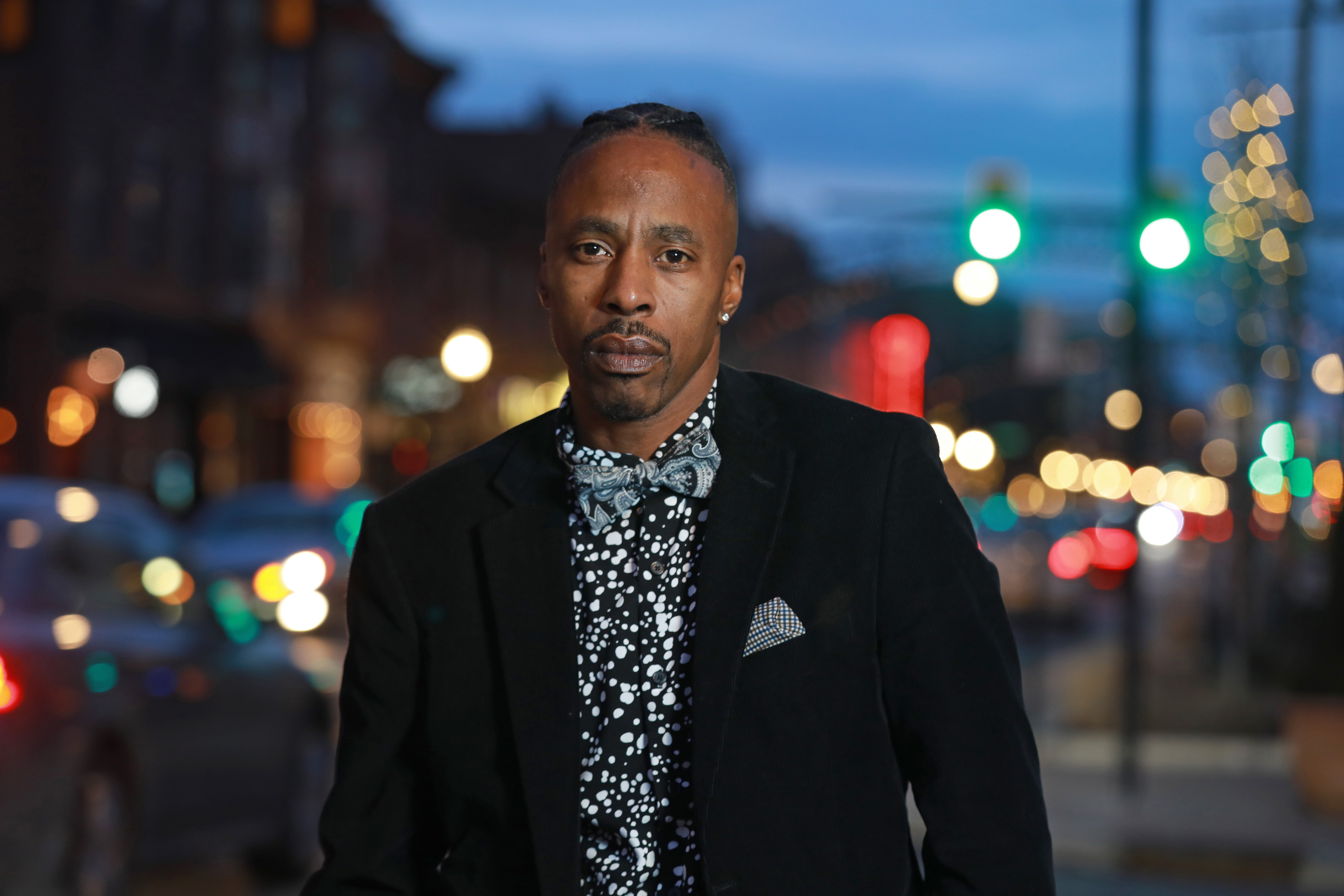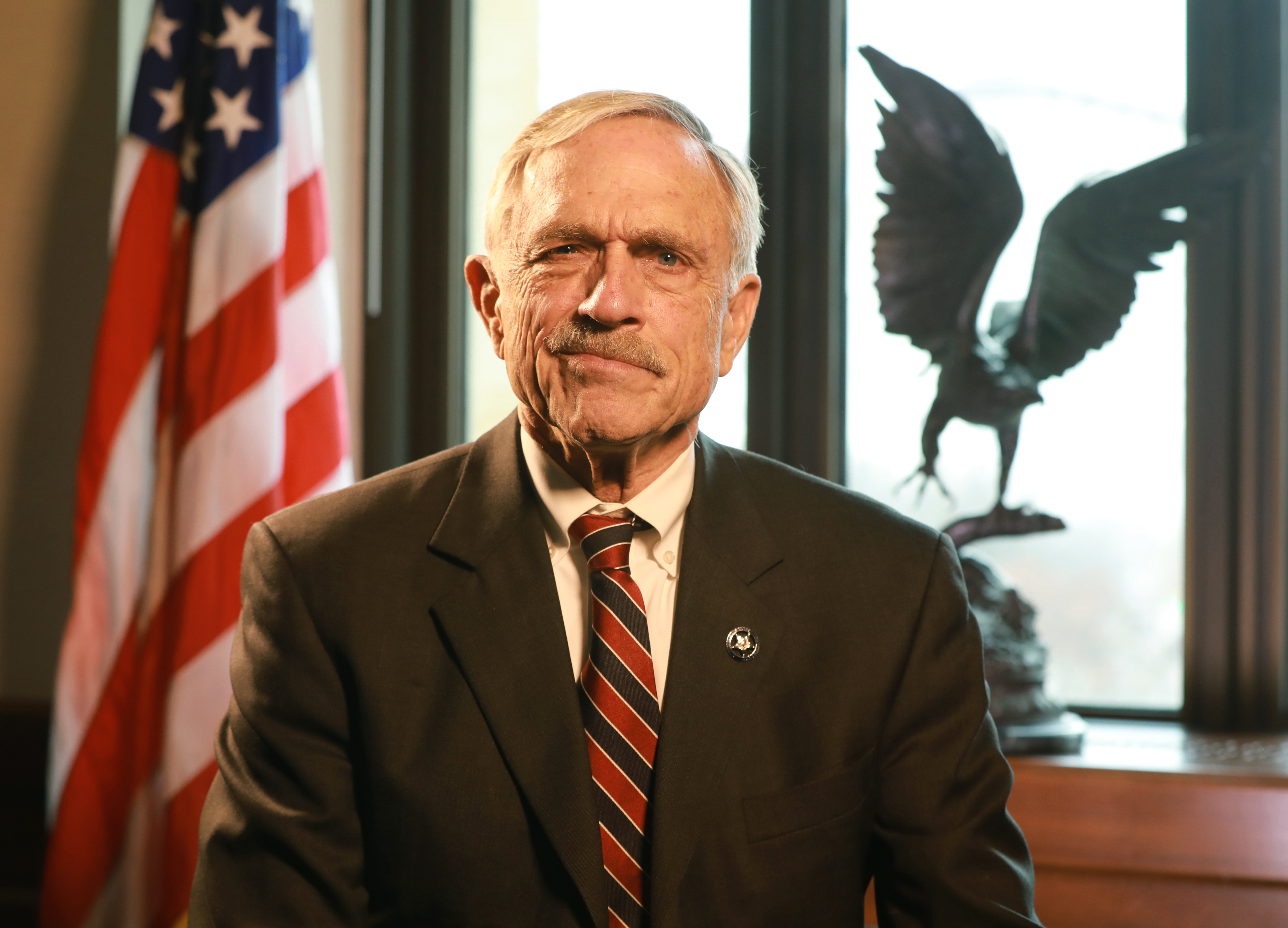I took a Life
About this project
Only a small percentage of people can say they directly caused someone’s death. And not all of them are cold-hearted murderers.
The Dispatch is sharing these stories in a weekly series called “I Took a Life.”
Among those being profiled are a Columbus police officer and a soldier who served in Iraq, a woman who shot her abusive ex-husband and a railroad employee whose train hit and killed two people on the tracks.
Delaware resident Rick Cain, who served with the renowned Lima Company (3rd Battalion, 25th Marine Regiment), said the 2005 incident where he killed two insurgents bothered him for awhile, but now says, “They were shooting at me, I was shooting back at them.”
A survivor of domestic violence, Marcia White shot and killed her ex-husband in 1983. Today, she uses the experience as a platform to help other survivors, as well as abusers.
As director of the Ohio Department of Rehabilitation and Correction from 1991 to 2006, Reginald Wilkinson carried out 20 executions. Despite opposing the death penalty personally, he endured the task in order to achieve his greater mission of helping inmates become better citizens upon their release.
After taking the life of a friend, the South Side resident served over 16 years in prison. Now working in the drug and alcohol recovery industry, he strives to “do enough good for two people” each day.
During his 33-year career as a train engineer, Mike Emswiler witnessed two pedestrian fatalities that were considered suicides. He is haunted by their deaths and has no desire to operate a locomotive again.
Every Fourth of July, Pete Tobin relives a moment from more than 35 years ago that he still carries with him. Tobin has had a long, successful career in law enforcement, but that doesn’t erase a fatal shooting that saved one person but left parents without their son.
